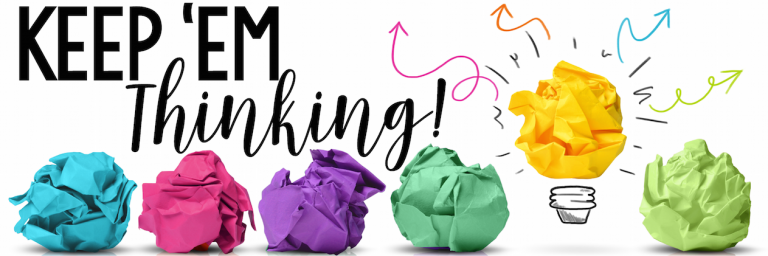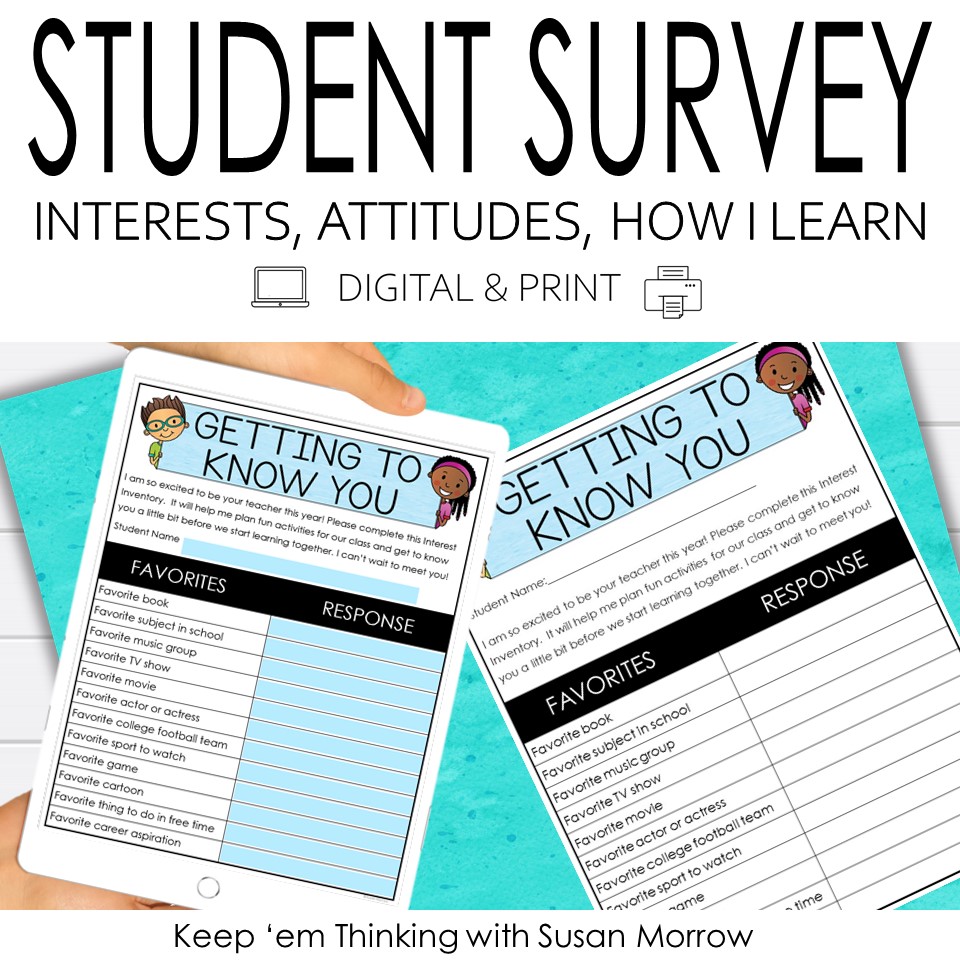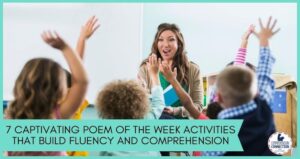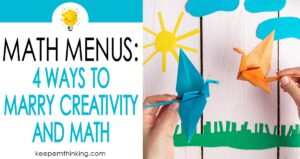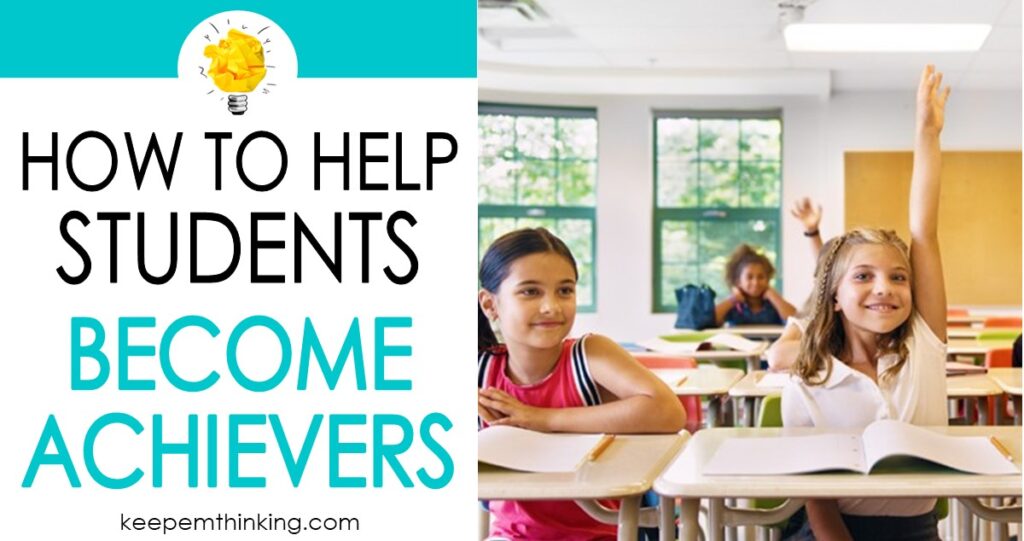
How would you define student achievement? I want you to meet Abigail and Michael. Abigail makes straight A’s. She is definitely a smart kid who never has to study and picks up new concepts easily. Michael, on the other hand, has never had school come “easy” to him. He started the year making solid C’s, but he worked hard and over the course of the year, he turned his C’s into B’s.

Which kid in this story is demonstrating greater student achievement? Many teachers would automatically select Abigail, and a few might choose Michael. I challenge you to consider that Michael is truly the achiever in this story. Abigail on the other hand could become an achiever, but she hasn’t been challenged to become one.

Student Achievement is more than a test score or grades.
When my daughter was in 1st grade, I went to the principal with her signed papers. He looked at them and then looked at me like I was crazy and asked what my problem was since they were all A’s. I told him all A’s was my problem! If my daughter was making 100’s on everything, she wasn’t being challenged.
All through middle school, Jessica continued to make straight A’s. She never had to try a day in her life. She picked up on everything easily. But, when she hit 9th grade, things started to become hard. Her grades quickly plummeted and she became convinced she was no longer “smart.” She thought if she was “smart,” then A’s should come with little to no effort. Jessica had never learned the key to student achievement: the correlation between effort, persistence, and achievement.

The Bad News About Student Achievement:
Over my 30 plus years of teaching, I have taught hundreds of students who made all A’s but failed to meet their potential when faced with a challenge. Some would cry and come unhinged, while others would just check out.
Underachievement is rampant in our society. Many of our brightest students are underachievers as early as third grade.
On the other hand, many of our struggling to average students who come to school every day and give it their all are labeled as underachievers because of their performance on tests.
Reversing the underachievement spiral and promoting student achievement requires teachers and parents working together and can take years.

Good News About Student Achievement
All students can be achievers. As teachers, we have the responsibility to help all our students achieve their maximum potential. Many factors outside our control such as home and community environment, family support, and socio-economic conditions, affect student achievement, but as teachers, we can still have a tremendous influence.
I firmly believe all our students can be achievers. Does that mean I believe all students can be A students? Of course not, but I believe we can help all our students persevere when they make mistakes, use effort, and make progress, and that is what achievement is all about. When promoting student achievement we have to rethink our use of the term “achiever,”

Every decision we make in our classroom should take into consideration the effect that decision has on student achievement.
We are doing a disservice to students when they make high scores on tests with little to no effort. If you have a student who consistently makes high scores they need more rigor and complexity added to the tasks they are assigned. On the flip side, we can destroy a child’s motivation when they consistently work hard and receive poor grades.
Below are 4 strategies to use in your classroom to promote student achievement and help ALL your students become achievers. There are many other strategies that I will address in my next blog posts, but these four are critical.

1. Know your students’ interests and how they perceive achievement.
Of all the tips I can give you, knowing your students is the most important when it comes to boosting student achievement. If we know our students’ interests and attitudes about learning and achievement, we can provide them with meaningful activities. Remember, emotions drive attention, and attention drives learning and memory.
So use your kids’ interests to your advantage, For example, if you have a lot of students who are interested in sports, you can design sports-related questions and activities. Kids can read books about sports and famous athletes, or you can create math questions related to a sporting event.
You can learn a lot about your students’ interests if you listen to their conversations at the lunch table, but another way is to use student interest surveys. Click on the picture below to get a FREE copy of an interest survey I have used with my students.

. 2. Recognize effort and progress over test scores.
Wouldn’t it be wonderful if we actually graded our students on progress rather using test scores as our measuring stick?
A key factor affecting student achievement is effort. I like to have students give themselves an effort score on their assignments before they turn them in.
Students sometimes fail to understand what effort really looks like. You can keep an Effort Meter posted in your classroom to help students understand what each level of effort entails. This chart is useful in helping you identify how to modify subsequent lessons to meet the needs of your students.
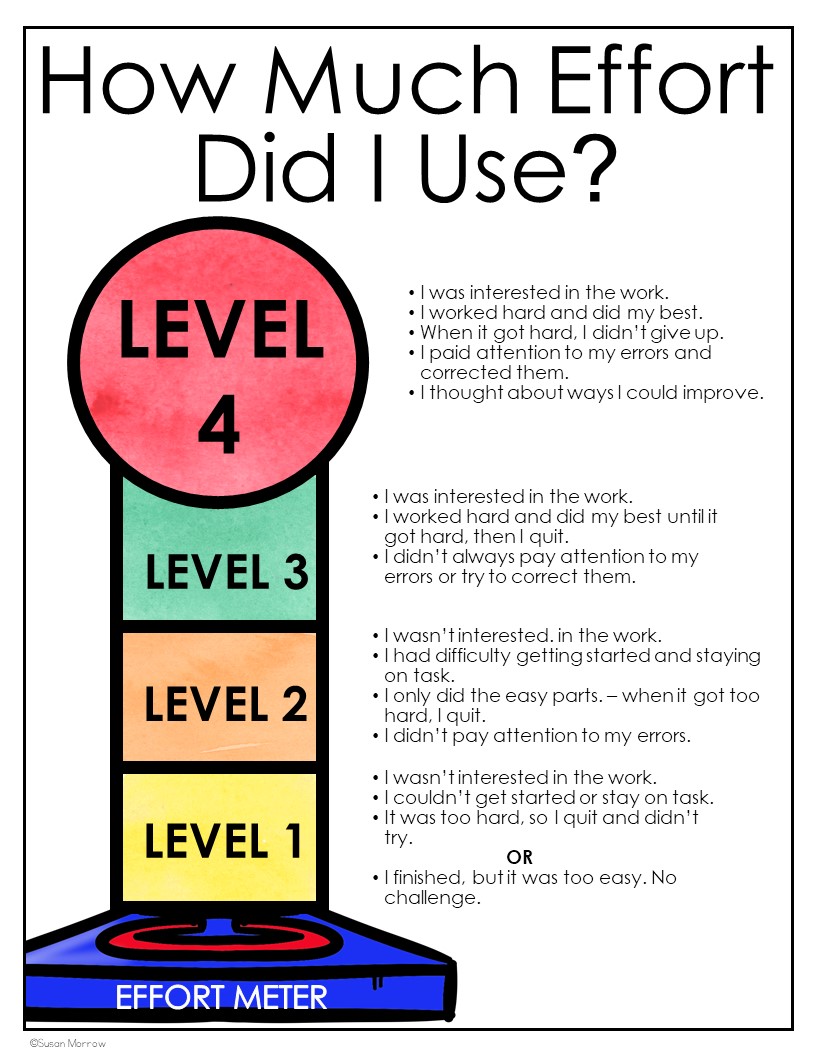
Click on the picture above to get a FREE copy of the Effort Meter which you will find in The Teacher’s Toolkit, my FREE Resource Library .

3. Have students identify their level of understanding.

To boost student achievement, it is important for us to give appropriate tasks that are neither too difficult nor too easy. You can easily determine this by having your students indicate their level of understanding of a concept or skill you are teaching in the classroom, I like to use these Level of Understanding Cards when I am introducing a new concept or skill. That way I know which students need more depth and complexity and which ones need scaffolds to help them grasp a concept.
Click on the picture above to get a FREE copy of the Levels of Understanding Cards which you will find in The Teacher’s Toolkit, my FREE Resource Library .

4. Explicitly teach the importance of failure and mistakes and the concept of achievement.

Most kids think of mistakes as bad and something to avoid. We need to teach them the importance of mistakes. Without mistakes, there is no progress. Have your students read about famous people and their mistakes and picture books about mistakes. Some of my favorite picture books about mistakes are The Girl Who Never Made Mistakes by Mark Pett and Gary Rubenstein, Mistakes That Worked by Charlotte Foltz Jones, and The Magnificent Thing by Ashley Spires.
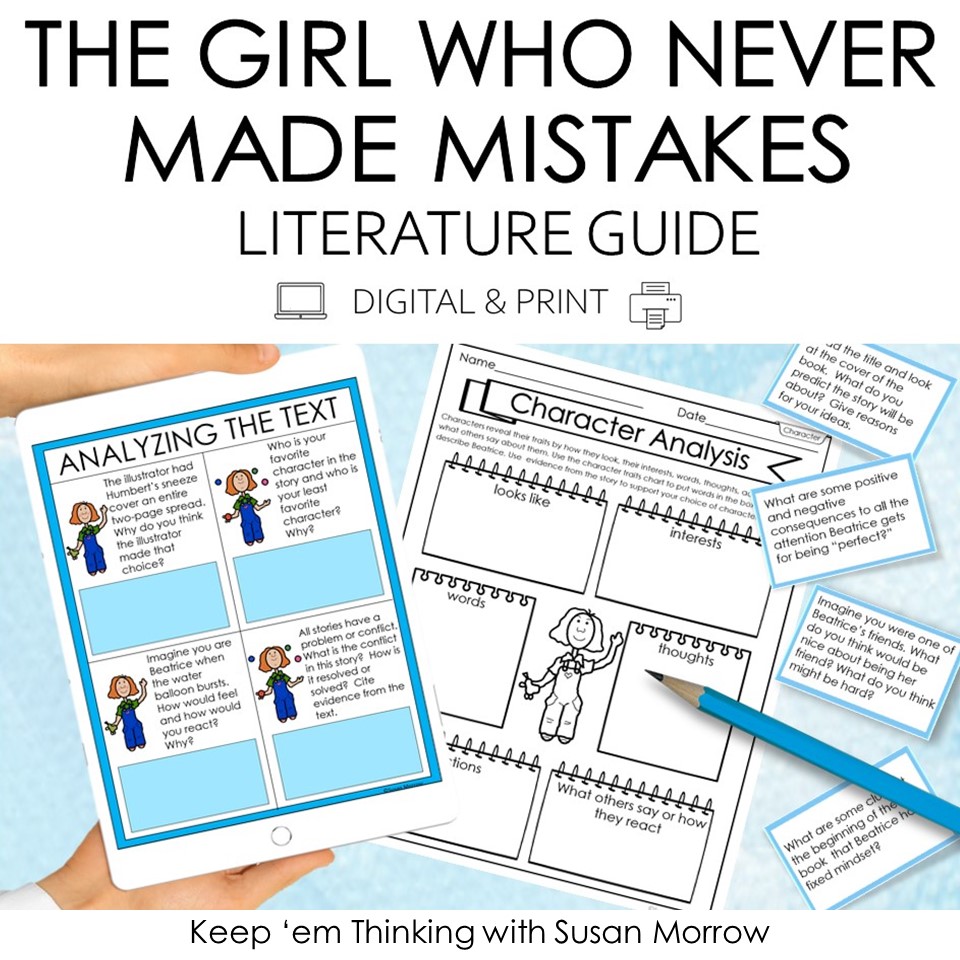

Final Thoughts
Our goal as teachers is to prepare our students to become productive and contributing members of society. We need to rethink our definition of achievement – it’s more than just a test score. Understanding our students’ attitudes and interests, praising effort over grades, providing ALL students with challenging work, and teaching them the power of mistakes and failure are just the tip of the iceberg in helping all our students become achievers.
If you’re interested in teaching your students about achievement, I have created a product line called, Becoming An Achiever. The unit What Is An Achiever? is the first in the series and teaches students about the concept of achievement and is geared toward students in grades 3-5.
I look forward to sharing with you explicit strategies I have found to help reverse the underachievement spiral.

List item 1
